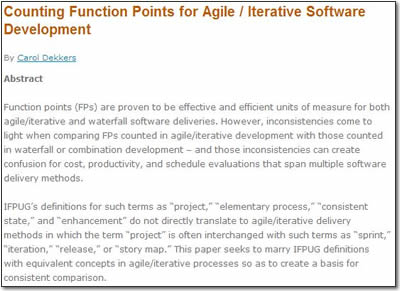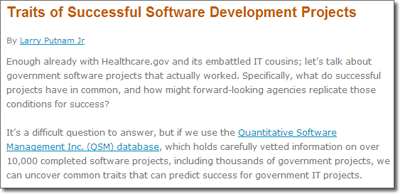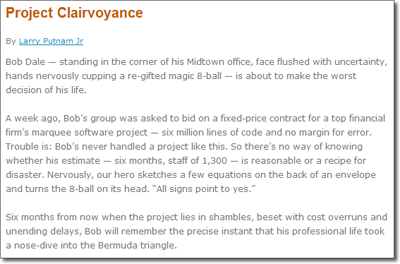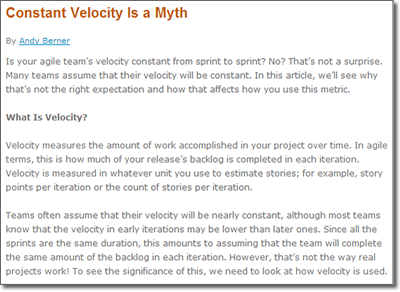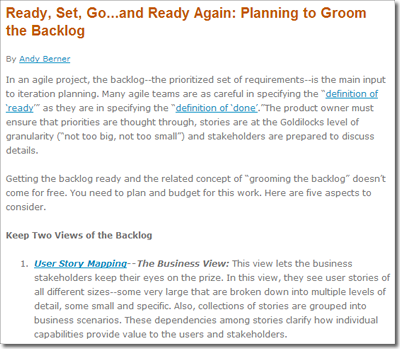New Article: Estimate Before, During, and After the Software Project
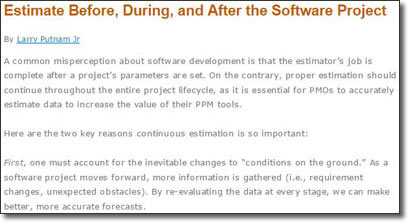
A common misperception is that an estimator’s job is done after a software project’s parameters are set. On the contrary, software estimation should be conducted throughout the project lifecycle to reflect inevitable changes and to improve estimates on other projects. In this article, originally published in Projects at Work, Larry Putnam Jr. identifies three ways to maximize estimating efforts — before, during and after your project is complete.

